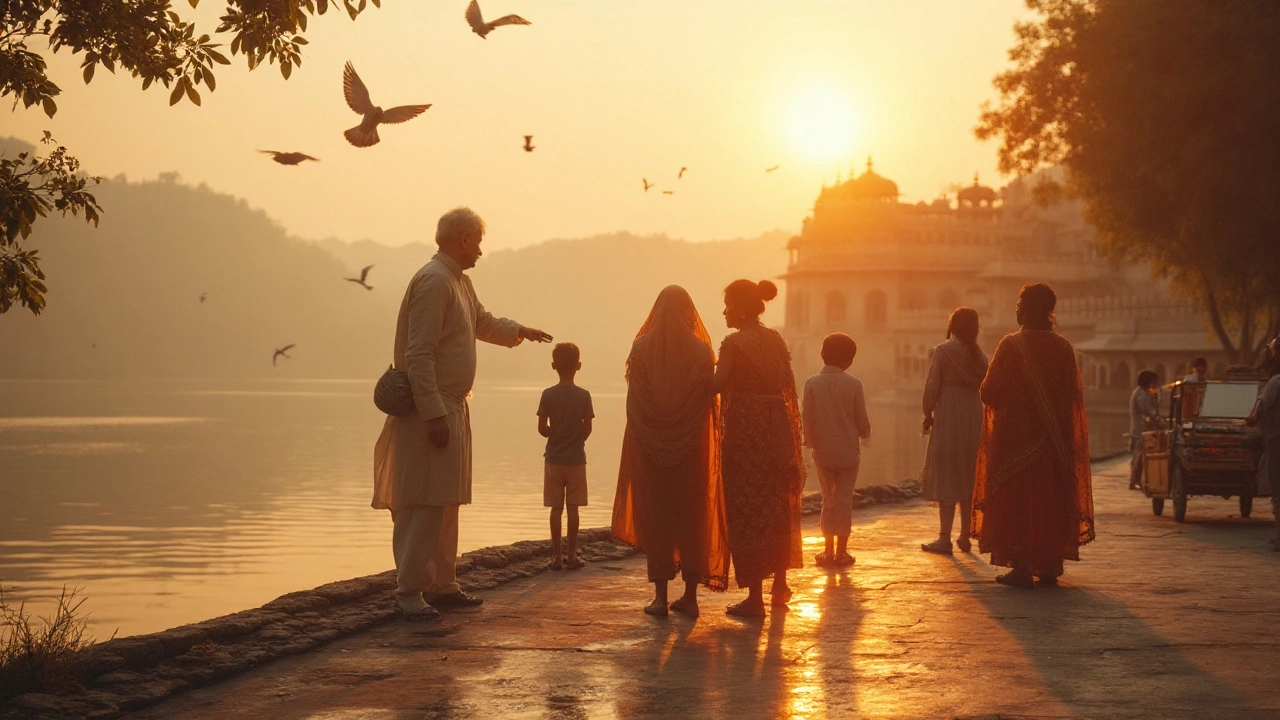Festival Travel India: Discover Culture, Color, and Community Across the Country
When you think of festival travel India, a way to experience India’s living culture through its most vibrant public celebrations. Also known as cultural tourism India, it’s not about watching from the sidelines—you’re meant to walk through the crowds, taste the food, and join the singing. This isn’t just a trip. It’s a chance to stand under a sky lit by thousands of diyas in Diwali, feel the drumbeats of Holi’s color wars, or kneel beside pilgrims at a temple festival that’s been running for 500 years.
These events aren’t staged for tourists. They’re rooted in religion, harvest cycles, and community memory. You’ll find them in the narrow alleys of Varanasi during Ganga Aarti, in the hills of Himachal during Kullu Dussehra, and in the villages of Odisha during Ratha Yatra. Each one connects to deeper things: temple festivals India, religious events centered around ancient shrines and deity processions, like the massive chariot pull in Puri, or the 40-day rituals in Tamil Nadu that draw millions. Then there’s the food—steaming samosas at a village fair, sweet laddoos offered as prasad, spicy chaat sold from carts that only appear during Navratri. These aren’t snacks. They’re part of the ritual.
Festival travel India also means learning when to go and how to prepare. You don’t need to book a luxury resort. Often, the best spots are simple guesthouses near temple gates, or even sleeping on a temple courtyard floor with locals. You’ll need loose cotton clothes, comfortable shoes, and respect for customs—like removing shoes before entering temple grounds, or covering your head during certain prayers. Some festivals, like Pushkar Camel Fair or Hornbill Festival in Nagaland, draw international crowds, but others, like the Bhagoria Haat in Madhya Pradesh, stay quiet and real. That’s where the magic lives.
What you’ll find below isn’t a list of dates or photo ops. It’s a collection of real stories from people who’ve traveled through these events—not as spectators, but as participants. You’ll read about how to avoid getting lost in the Holi crowds, why some temple festivals require a guide to understand the chants, and how to eat safely when food stalls are packed with hundreds of people. Whether you’re drawn to the noise of a street parade or the silence of a midnight prayer, these posts will show you how to move through India’s festivals with confidence, curiosity, and care.
